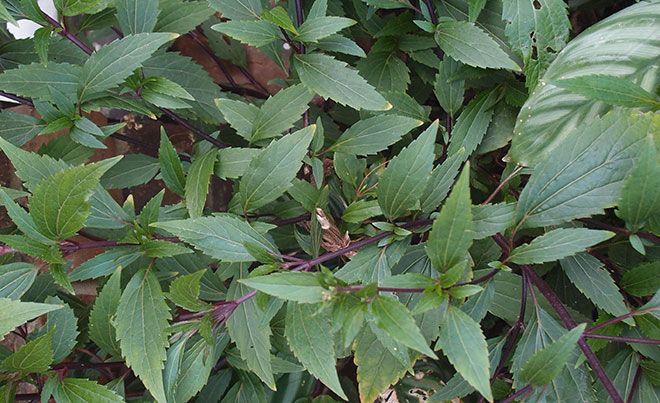Knowing where to target management
The aim of modelling a species’ potential distribution is to better understand the geographical area in which that species may be found, survive, thrive, or be absent from now or in the future. The two broad types of species distribution modelling are correlative and mechanistic. It is important that managers using weed distribution models understand the limitations of the types of models they are using.
Correlative models can be built easily and quickly, and so are popular in some areas, however they are likely to underestimate the full extent of future weed distribution.
Mechanistic models require more data and take longer to build, however they are better at projecting weed distributions under future climates.
Climate change generally produces a pole-wards, or southern, shift in species’ distribution. The overall result may be a retreat of invasive species towards the southern coastline, as the centre of Australia is vacated by some species. The future for northern Australia is far less certain, mainly due to uncertainty around changing rainfall patterns.

Credits: Mist flower; Source: Burnett-Mary Regional Group; Photographer: Lalith Gunasekera
Find out more
Open allClose allPotential model limitations to consider when selecting or using species distribution models in NRM planning are:
- The quality of distribution data used in the model
- Whether or not the model is able to project into new climatic conditions
- Not all species may be included so some weeds or geographic locations may not have models available
- Models tend to rely on climate averages, thus model outputs may not reflect extreme climatic events, microclimates and other factors such as soil type, fire and flood regimes, and changing land use patterns.
Recent models attempt to combine climate and other environmental conditions with the weed’s biology.Model developers may also have to undertake new, strategically placed, surveys of species distribution to improve the range and accuracy of model outputs.
When considering weed distribution models, it would be helpful to reflect on the following questions:
- Are you aware of the types of models you are using, or potentially could use, and the specific limitations associated with them?
- Are you aware if any new or improved models are currently under development or planned, that may be relevant to your region?
